Community & Culture in Long Beach
In 2022, the California Community Foundation (CCF) launched the Regional Recovery Hub to strengthen place-based coordination in Los Angeles County regions that were most heavily impacted by COVID-19. CCF contracted with six regional leads to build recovery action plans and distribute financial resources in their regions. Regional leads convened a table of local organizations to guide and implement the work in each region.
NDSC provided data and technical assistance support to each of the regions and their network of local community partners. This data story is part of a series on CCF’s Regional Recovery Hub and provides insights into the work being led by Centro CHA in Long Beach.
To explore more data on the NDSC map for this region, please click here.
A Tapestry of Culture and Community
The City of Long Beach is a vibrant coastline city nestled at the southernmost tip of LA County along the San Pedro Bay. It is the second-largest City in the County and the seventh most populous in the State of California, with a total population of 462,293 residents as of 2022.
Composed of eight unique neighborhoods, the city boasts a wealth of cultural diversity, historical richness, and a resilient community spirit that fosters innovation. At the heart of Long Beach’s bustling activity is the second busiest port in the country – handling more than $200 billion of cargo per year – making the city an essential hub of the regional, national, and global economy.
Long Beach is one of the most ethnically and culturally diverse urban cities in the nation, often recognized as a tapestry of culture and community. The city is home to a dynamic mix of racial and ethnic groups, with large Black (12%) and Asian Pacific Islander (13.3%) populations, including notable Cambodian (4%) and Native Hawaiian (1%) communities, in addition to a robust Latino community comprising 44% of the population. Flip through the accordion below to learn more about the history of diverse communities across Long Beach and the City’s efforts to create culturally specific gathering spaces.
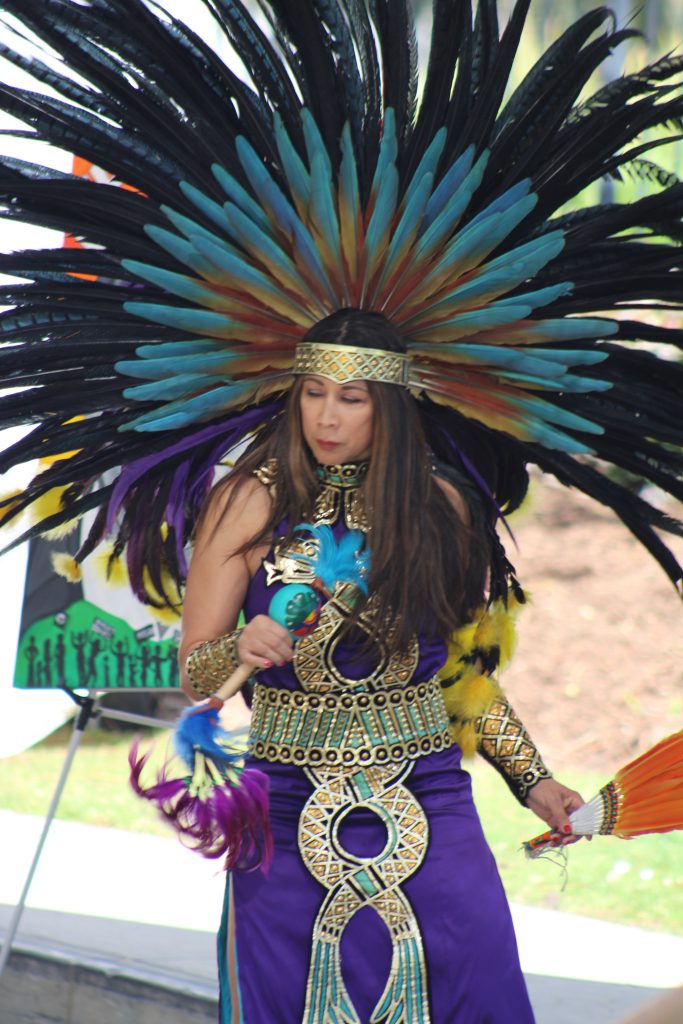
Long Beach is home to the largest Cambodian population outside of Southeast Asia, who first began arriving in the 1950s and 60s to attend exchange programs at CSULB, but years later arrived en masse to escape political persecution from the Khmer Rouge. Families laid down roots in what has come to be recognized as “Cambodia Town”, a one-mile stretch along Anaheim Street.
The City of Long Beach has committed to establishing a Cambodian American Cultural Center (CACC) to celebrate and preserve Cambodian and Khmer arts, culture, and history. The Long Beach City Council recently approved a vision and feasibility plan for the center, which will include forming a nonprofit organization to manage its development. Future plans involve selecting a suitable location, ideally in the Cambodia Town neighborhood, and designing the center to be a significant cultural landmark.
The history of Latinos in Long Beach is marked by resilience and cultural integration. Following nationwide persecution during the 1930s Repatriation Era, the 1960s onward were years of rapid growth, as Long Beach became a hub for employment during the manufacturing boom of the “golden age.” From a modest population in the early 20th century, the Latino community expanded rapidly, becoming the city’s largest ethnic group. By the 2030s, Latinos are projected to become the majority, illustrating a significant demographic and cultural transformation in Long Beach.
The City of Long Beach and Centro CHA are actively working to establish a Latino Cultural District, aiming to celebrate and uplift the local Latino community. The proposed initiative will feature a Latino Cultural Center and El Mercado de Long Beach. The Mercado (The Marketplace) component will serve as an economic engine that will provide various services, including workforce development and business entrepreneurship support. The envisioned cultural center will also aim to foster a deeper connection across Latinos in Long Beach through exhibits and performing arts, which will showcase Latino history.
The Long Beach City Council approved support for outreach for a Latino Cultural District in late 2019. By November 2020, fifty prominent Latino leaders had formed a Steering Committee, guiding a nine-month planning process marked by extensive community engagement, which culminated in an operational feasibility plan for the Latino Cultural Center.
In 2023, as a response to the continued advocacy, the City of Long Beach allocated $4 million in Measure B funds to support further planning and development, championed by former Mayor Robert Garcia and City officials. This funding aims to enhance the business plan and develop the infrastructure and next steps for the Cultural Center.
The history of the Black community in Long Beach is dynamic and multi-faceted. At the turn of the 20th century, Black Americans migrated to the West Coast seeking refuge from racial violence in the South. This, coupled with migration in the post-war period, spurred significant growth of the City’s Black population. Black Americans sought to meet the employment demands of the city’s growing industrial and defense sectors as a result of increased opportunity in shipyards and aircraft factories due to economic expansion and increased consumption nationwide. However, these opportunities are marred by the remnants of racially targeted underinvestment which has led to challenges such as occupational segregation, economic disparities, high unemployment rates, poverty, low homeownership rates, and inequalities in health and policing.
In a testament to its commitment to recognizing and celebrating the Black community, the City of Long Beach has shown significant support for the establishment of the African American Cultural Center of Long Beach (AACCLB). The center has already begun showcasing exhibits highlighting performance arts, athletes, military service, and religion and spirituality.
The process of establishing the AACCLB involved robust community engagement, with discussions on what the center should feature and how it could be most effective. Ideas ranged from focusing on the African diaspora to creating educational programs and addressing current national issues like police violence (Long Beach Post).
The cultural center aims to secure a permanent location and is working towards a goal of raising $22 million to develop a space that not only preserves and honors Black heritage but also hosts educational programs and cultural events (Long Beach Post). In other words, this initiative reflects an ongoing effort to provide a comprehensive cultural venue that supports the Black community in Long Beach year-round.
The city has also recently been recognized by the Human Rights Campaign as a safe haven for LGBTQIA+ individuals. Local leaders have moved to commemorate the Broadway Business Corridor, a 3-mile strip East of Downtown Long Beach as a “Cultural District”, highlighting the importance of historically Queer-owned establishments and their continued growth.
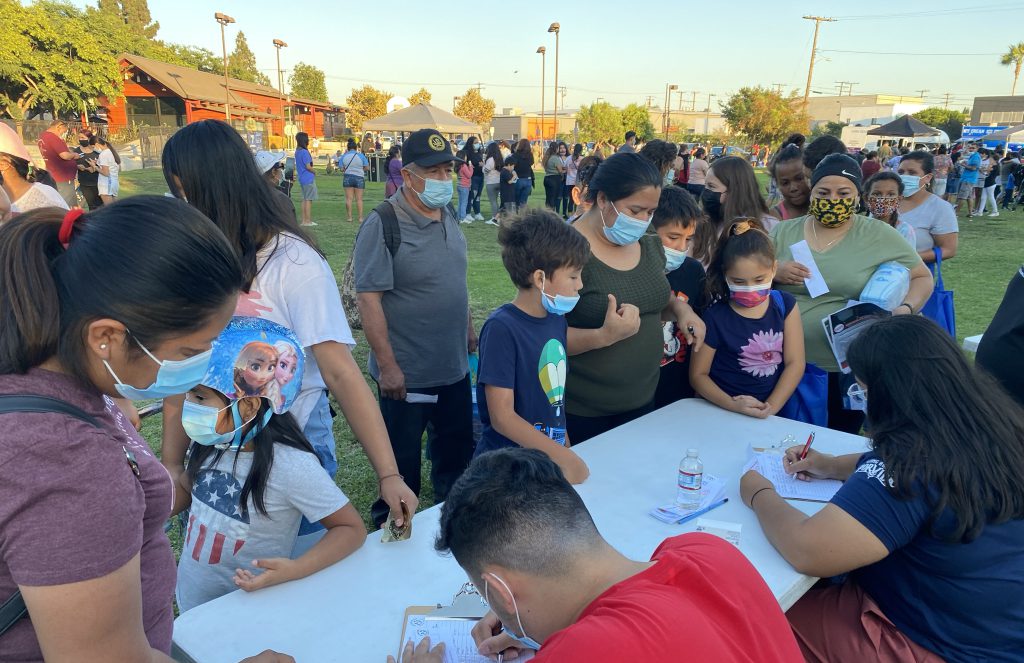
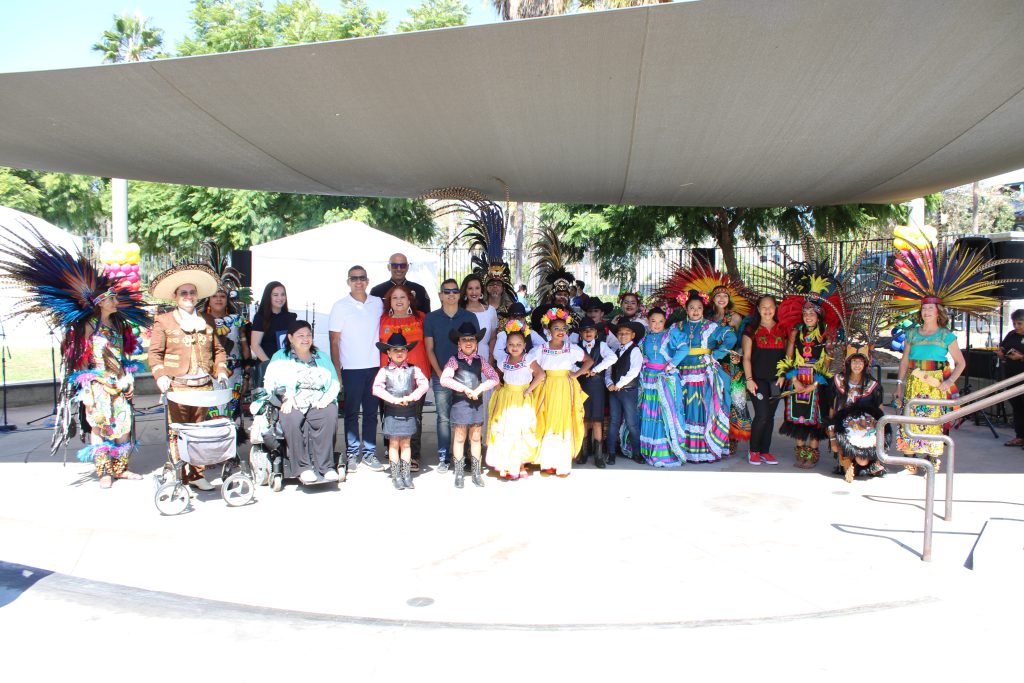
A Tale of Two Cities
Long Beach comprises eleven ZIP codes; however, their stories are vastly different. In suburban East Long Beach, residents living in 90808 have the city’s highest life expectancy, but seven miles southwest in 90813, residents have the lowest. Residents living in 90802, 90804, 90805, 90806, 90810, and 90813 are disproportionately susceptible to poor health and employment outcomes, highlighting the impacts of structural disinvestment on communities of color.
The impact of structural disinvestment was felt acutely during the COVID-19 pandemic. In July of 2020, an article by the Long Beach Post highlighted that residents of 90808 in East Long Beach had the city’s lowest COVID-19 infection rates (667 cases per 100,000 residents), while infection rates were almost three times higher (1,767 cases per 100,000 residents) across town in 90813 and surrounding communities. The pandemic also exacerbated economic hardships for nonprofits, small businesses, and immigrant, Black- and Brown-owned businesses throughout Long Beach.
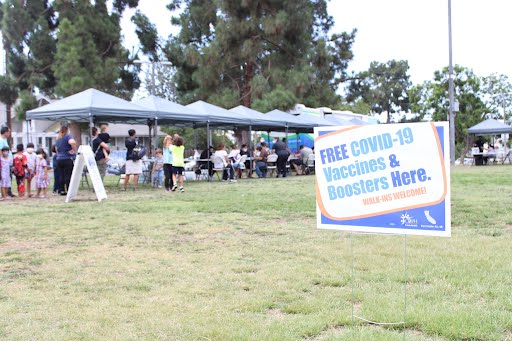
Culturally diverse community-led agencies in Long Beach have created an interconnected system to support economic prosperity and violence reduction initiatives, and advocate for health and housing justice. Centro CHA, a trusted partner of the City of Long Beach and Regional Lead for the Census 2000 Outreach and California Vaccinate All 58 Campaign, has led these efforts as the largest Latino-serving non-profit organization in the City of Long Beach. Centro CHA envisions a thriving space where investments in historically low-income neighborhoods are a priority, where residents are civically connected, unemployment is low, and resources are readily accessible.
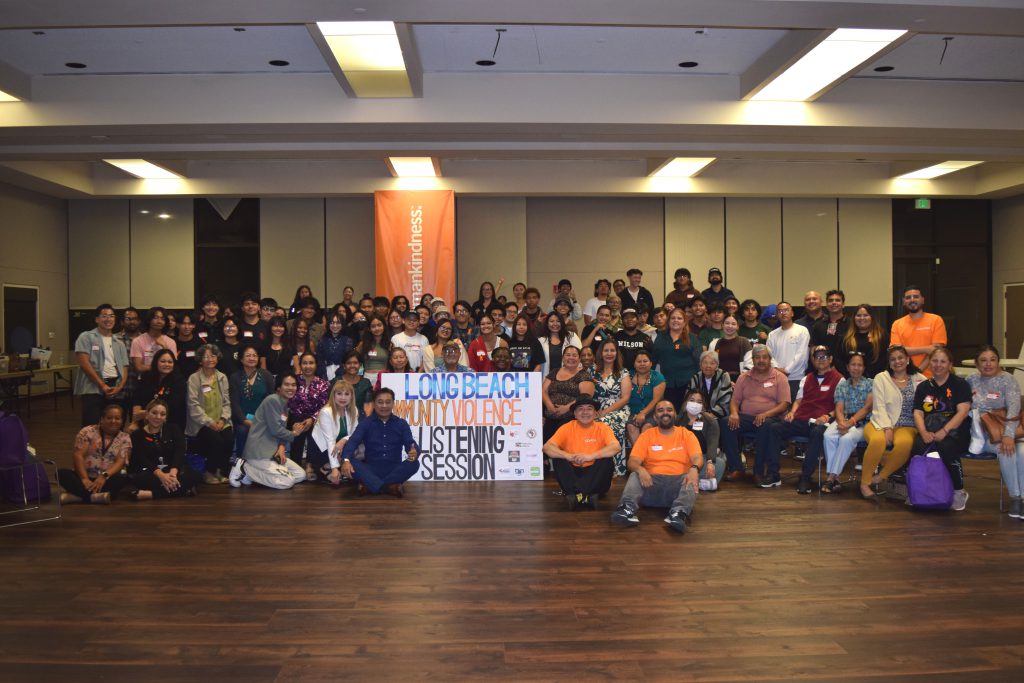
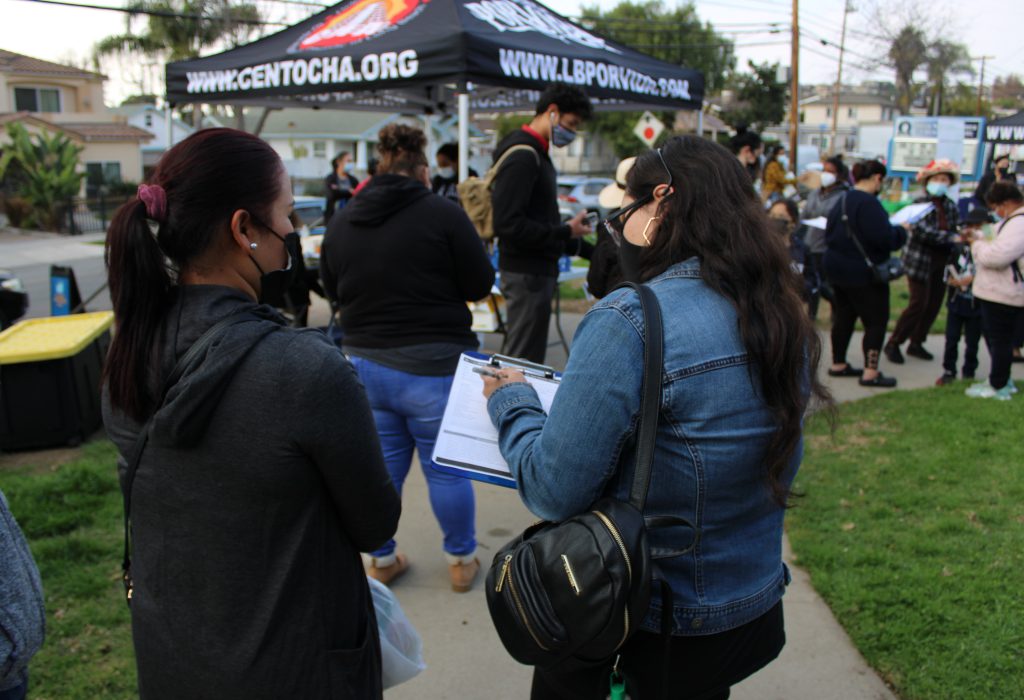
In its efforts to lead Long Beach’s Regional Recovery Hub, Centro CHA has focused on the six ZIP codes shown on the map below. Through community listening sessions, Centro CHA identified the intersecting issues highlighted in this data story. Flip through the data visualization below to see unique characteristics about each ZIP code.
Employment and Earnings
The ZIP codes targeted by Centro CHA are still recovering from the far-reaching ramifications of COVID-19 on both employment and earnings. Compared to the Long Beach and LA County average, a larger share of residents in these areas work in several industries hit particularly hard by COVID-19, including Transportation, Manufacturing, Retail, Accommodation/Food Services, Administrative/Waste Management, and Healthcare/Social Services, as shown in the chart below.
Workers in Transportation and Manufacturing faced severe disruptions as the supply chain crisis created a backlog of ships while consumer sales climbed. Due to social distancing measures across the country, workers in the Accommodation and Food Services industries faced more layoffs than any other sector nationally. By contrast, the essential nature of Healthcare and Social Assistance jobs placed workers at greater risk of contracting the virus and created a mental health crisis among workers in those industries. Pandemic-related employment and health impacts were also exacerbated for undocumented residents who were unable to obtain unemployment benefits and have far lower rates of health insurance coverage than the general population.
Adverse employment outcomes during the pandemic for many residents in Centro CHA’s focus areas were further compounded by pre-existing wage discrepancies, particularly amongst women and people of color. The chart below shows median earnings in 2022 by race/ethnicity and sex across the city, highlighting the deep wage gap among people who identify as Black or Latina and female in Long Beach.
Employment Among Latinos in Long Beach
The report also found that Latinos in Long Beach have a significant economic impact on the Los Angeles/Orange County economy, generating $34.3 billion annually, which accounts for 38.1% of the city’s total economic contribution. This underscores the importance of Latino workers and businesses in the local economy. Access the full report by Centro CHA here: https://centrocha.org/economic-inclusion/
Environment and Health
Historically, the port has been a place where communities of color have had opportunities to secure better wages and health benefits. While close proximity to the port provides employment opportunities, it also presents exposure to environmental hazards. The port is Southern California’s largest source of pollution; nearly 2 million toxic air contaminants are spewed annually by industrial plants located near the Los Angeles and Long Beach Ports. Exposure to toxic releases is significantly higher for the ZIP codes of focus compared to both Long Beach and LA County as a whole.

Residents of Long Beach suffer from exposure to toxic releases from refineries, transportation cargos, emissions from the 710 and 405 freeways, the Long Beach and Los Angeles ports, and industrial operations at a higher rate than 93% of other areas in LA County. The city is home to over 3,200 active oil wells, far more than any other city in the county. Furthermore, residents are exposed to hazardous waste facilities at higher rates than two-thirds of other areas across the county. Just 9% of land is covered by tree canopy in these areas, which is half of the county average. Tree canopy cover across Long Beach is highlighted on the map below.
Increased exposure has negative implications for the health and well-being of those working in or residing near the port. Greater vulnerability to pollutants increases the likelihood of negative health impacts. Toxic emissions are linked to brain cancer in children, higher infant mortality rates, low birth weight, cardiovascular disease, and higher overall mortality rates (CalEnviroScreen 4.0). Residents in Centro CHA’s focus areas suffer from higher rates of chronic conditions such as Asthma, Obesity, Diabetes, and COPD than both the county and Long Beach average. A comparison of Asthma rates and pollution burden rates across Long Beach are shown on the maps below.
About 9% of Long Beach residents do not have health insurance, which falls in line with the LA County average. However, a closer look into uninsured rates across different racial/ethnic categories reveals stark disparities. Uninsured rates among White, Asian, and Black residents in Long Beach are 4%, 5%, and 6%, respectively. By contrast, the Latino community faces a significantly higher uninsured rate of 13%. Almost 25,000 Latinos, including nearly 2,300 children, do not have health insurance coverage.
These findings underscore a pattern of structural inequalities that affect many aspects of life for Latinos in Long Beach, from economic opportunities to access to essential services like workforce development, healthcare, and education. Addressing these gaps requires focused policy interventions and sustained community engagement to ensure that Latinos in Long Beach can access the opportunities necessary for full and equitable participation in the city’s social and economic life.
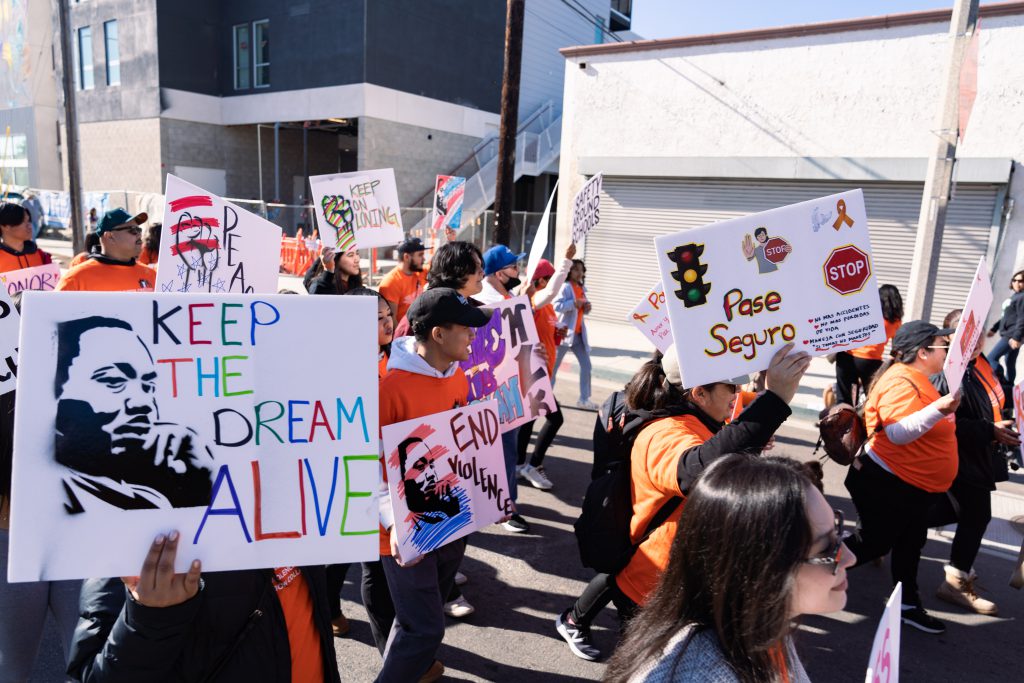
Centro CHA’s Work
Given the adverse employment, environment and health outcomes facing many communities in Long Beach that were exacerbated by the pandemic and economic downturn, Cento CHA convened a table of community-based organizations to advocate to the Long Beach City Council for COVID-19 relief.
Centro CHA plays a vital role in capacity building and technical assistance to small local nonprofit organizations. With the support of funding from the California Community Foundation (CCF), Centro CHA successfully provided grants to 13 small, ethnically-diverse nonprofit organizations and leveraged $14 million from local, state, and federal government grants to address socio-economic issues in Long Beach. These efforts have significantly contributed to the organizational sustainability of Centro CHA’s partners, expanded outreach to underserved neighborhoods, and improved the delivery of culturally and linguistically appropriate community services.
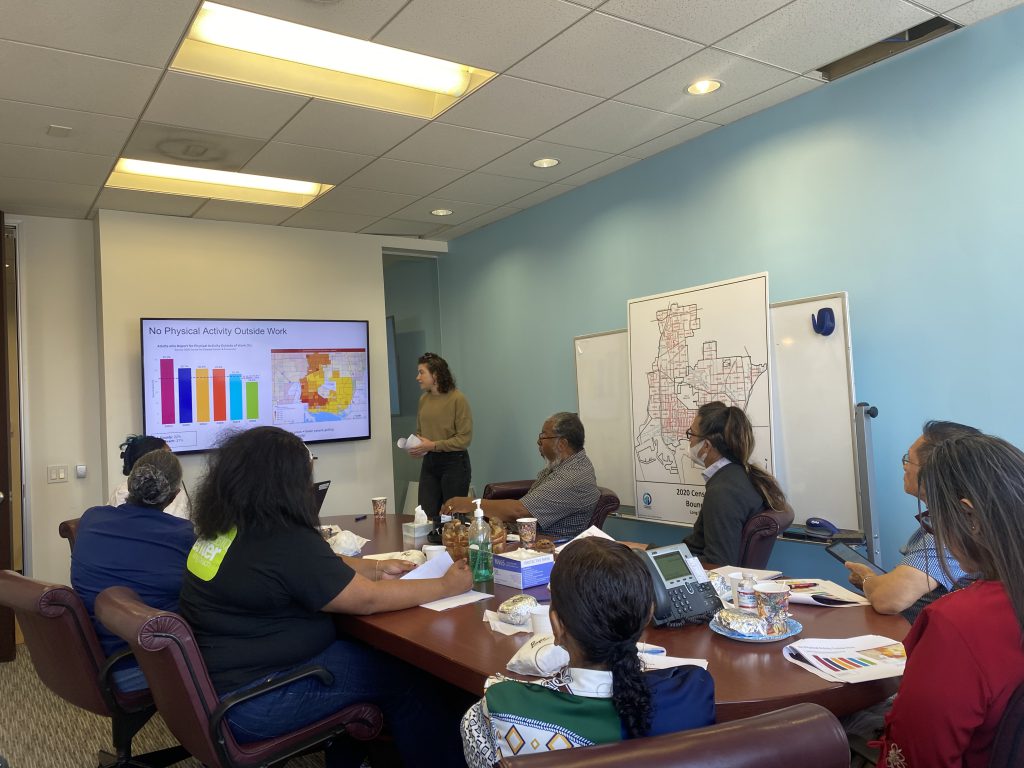
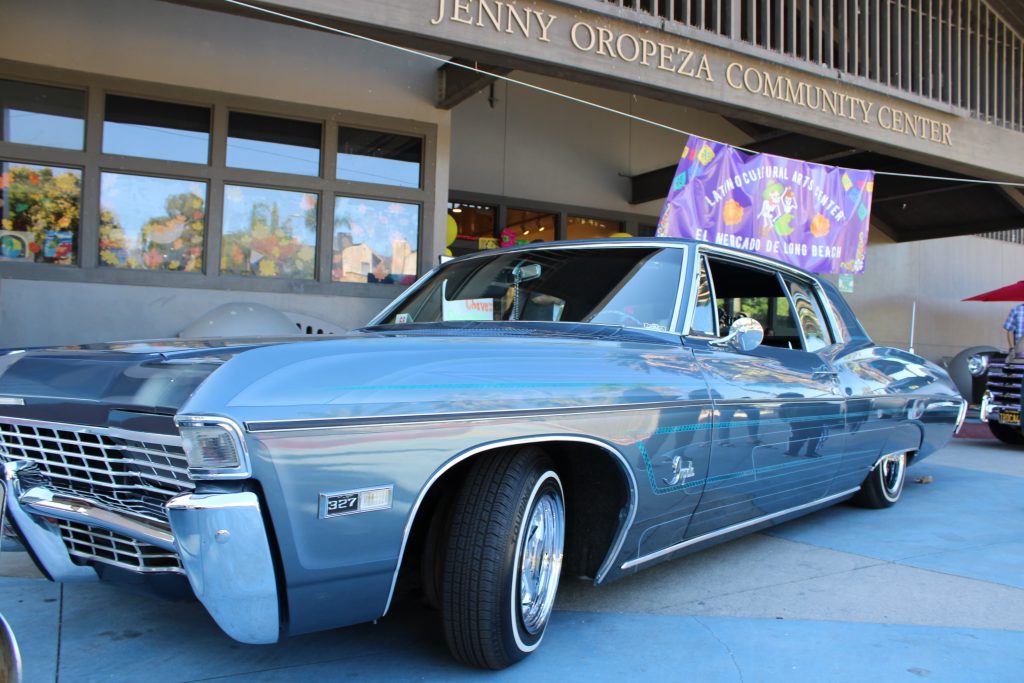


By mobilizing alongside other community stakeholders, Centro CHA pushed for the passage of Mi Vida Cuenta. This legislation allocated resources to food distribution, and provided ongoing health education, equitable vaccine distribution, appropriate food distribution, rental assistance, employment support, mental health, and other supportive services for the Latino community in the City, including undocumented residents.
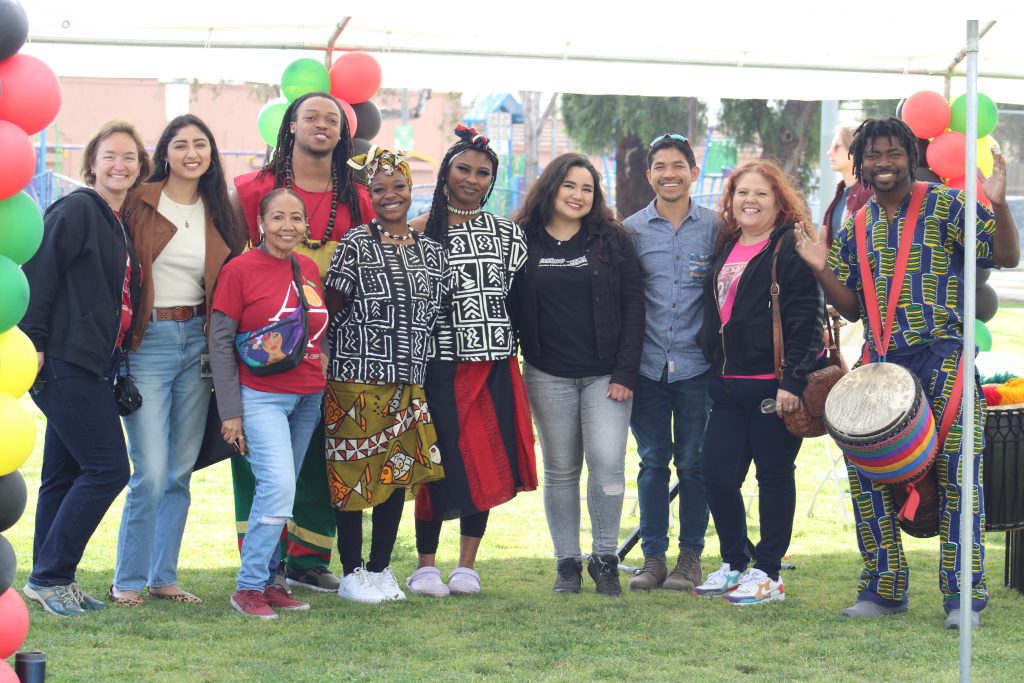
Ensuring more equitable outcomes requires addressing existing gaps in places and spaces that promote cultural identity and connect residents who have been traditionally isolated and siloed. Following emergency relief efforts, Centro CHA, ethnically-diverse community leaders, and city officials organized to advocate for the creation of Latino, Black, Cambodian, and LGBTQIA+ cultural community hub centers, creating a space for cultural arts, market spaces, and entrepreneurial opportunities. Centro CHA and the Hub will continue to prioritize investments and sustainable solutions for economic recovery, health justice, and wellness in low-income communities.
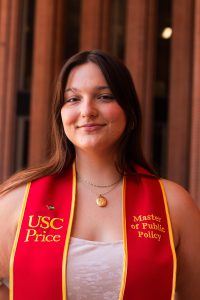
Emily Phillips
Emily (she/her) is the Project Specialist at Neighborhood Data for Social Change. Emily received her Master in Public Policy with a specialization in advocacy communications from the USC Price School in the Spring of 2024. Prior to relocating to Southern California, Emily grew up in Phoenix and then obtained her BA in Political Science and Global Studies from Loyola University Chicago. Her main focus is incudes policy advocacy across a variety of policy areas including housing, health, and racial justice. She is passionate about community engagement and social impact.
Other contributors include: Caroline Ghanbary
Sources
Addison, B. (2019, April 10). Long Beach named one of the most diverse cities in the U.S. the Hi-lo. https://lbpost.com/hi-lo/long-beach-most-diverse-cities-in-nation/
Anaya, M., Steimetz, S., Benitez, J. M., & Quintana, J. (2019). Long Beach Latino Economic Report. CSULB. https://cla.csulb.edu/departments/economics/wp-content/uploads/2019/10/2019-LB-Latino-Economic-Report-Digital-Version.pdf
Cambodia town: Visit Long Beach. Visit Long Beach. (n.d.). https://www.visitlongbeach.com/neighborhoods/eastside/cambodia-town/#:~:text=Long%20Beach%20has%20the%20largest,the%20planet%2C%20except%20perhaps%20Antarctica.
Centers for Disease Control and Prevention. (2023, October 24). Transcript: Health workers face A mental health crisis. Centers for Disease Control and Prevention. https://www.cdc.gov/media/releases/2023/t1024-vs-health-worker-mental-health.html#:~:text=The%20COVID%2D19%20pandemic%20only,workers%20has%20reached%20crisis%20levels.
Centro Cha. (2023, October 5). https://centrocha.org/
Chang, R. (2022, June 6). CSULB’s Roots in the Long Beach Cambodian Community Run Deep. CSULB. https://cla.csulb.edu/departments/aaas/csulbs-roots-in-the-long-beach-cambodian-community-run-deep/
City of Long Beach. (n.d.). Frequently asked questions. Visit Long Beach. https://www.visitlongbeach.com/about-long-beach/frequently-asked-questions/
Drishti Pillai, S. A. (2023, September 17). Health and health care experiences of immigrants: The 2023 KFF/LA Times Survey of immigrants. KFF. https://www.kff.org/racial-equity-and-health-policy/issue-brief/health-and-health-care-experiences-of-immigrants-the-2023-kff-la-times-survey-of-immigrants/
Echeverry, S., & Puente, K. (2020, July 28). A tale of two cities: Where you live in Long Beach greatly increases your chances of contracting COVID-19. Long Beach Post News. https://lbpost.com/news/a-tale-of-two-cities-where-you-live-in-long-beach-greatly-increases-your-chances-of-contracting-covid-19/
Editorial: State of Black Long Beach. Long Beach Post Voices. (2021, February 28). https://lbpost.com/voices/community-editorial-board/editorial-state-of-black-long-beach/
Farzan, Y. (2023, November 8). Proposed LGBTQIA+ cultural district in Long Beach will recognize city’s “unwritten” history. LAist. https://laist.com/news/la-history/proposed-lgbtqia-cultural-district-in-long-beach-will-recognize-citys-unwritten-history
Harris, K. (2020, November). Forty years of Falling Manufacturing Employment. U.S. Bureau of Labor Statistics. https://www.bls.gov/opub/btn/volume-9/forty-years-of-falling-manufacturing-employment.htm#:~:text=In%20the%201960s%2C%20manufacturing%20employment,a%20recovery%20period%20in%20between.
Long Beach named one of the best LGBTQ cities for 10th consecutive year. Spectrum News1. (2021, December). https://spectrumnews1.com/ca/la-west/human-interest/2021/12/03/long-beach-named-one-of-the-best-lgbtq-cities-for-10th-consecutive-year
Los Angeles Times. (2023, January 30). Op-ed: L.A. ports can’t follow business as usual. our shipping system is unsustainable. Los Angeles Times. https://www.latimes.com/opinion/story/2023-01-30/ports-los-angeles-long-beach-supply-chain-shipping
Office of Civic Innovation. (n.d.-a). Latino Cultural Center. Long Beach. https://www.longbeach.gov/iteam/priorities/latino-cultural-center/
Port of Long Beach. (n.d.). Port Facts & FAQ’s. Polb. https://polb.com/port-info/port-facts-faqs/#facts-at-a-glance
PPIC. (2016, January). California’s future: Population. Public Policy Institute of California. https://www.ppic.org/wp-content/uploads/r-118hj2r.pdf
Robinson, A. (2024, February 15). Port of Long Beach regains rank as second-busiest U.S. cargo port in 2023. Long Beach Business Journal. https://lbbusinessjournal.com/news/business/port-of-long-beach-regains-rank-as-second-busiest-u-s-cargo-port-in-2023/#:~:text=%E2%80%9CWe%20are%20pleased%20to%20regain,than%208.6%20million%20containers%20moved
Unzueta, P. (2022, February 1). In The shadows of industry: LA County’s Port Communities. CalMatters. https://calmatters.org/environment/2022/02/environmental-justice-photo-essay-la-county-port-communities/#:~:text=Refineries%2C%20trucks%2C%20rail%20yards%2C,plants%20located%20in%20these%20communities.
U.S. Bureau of Labor Statistics. (2021, June). Covid-19 ends longest employment recovery and expansion in CES history, causing unprecedented job losses in 2020 : Monthly Labor Review. U.S. Bureau of Labor Statistics. https://www.bls.gov/opub/mlr/2021/article/covid-19-ends-longest-employment-expansion-in-ces-history.htm#:~:text=Leisure%20and%20hospitality’s%20overall%20job,of%20any%20major%20industry%20group.

